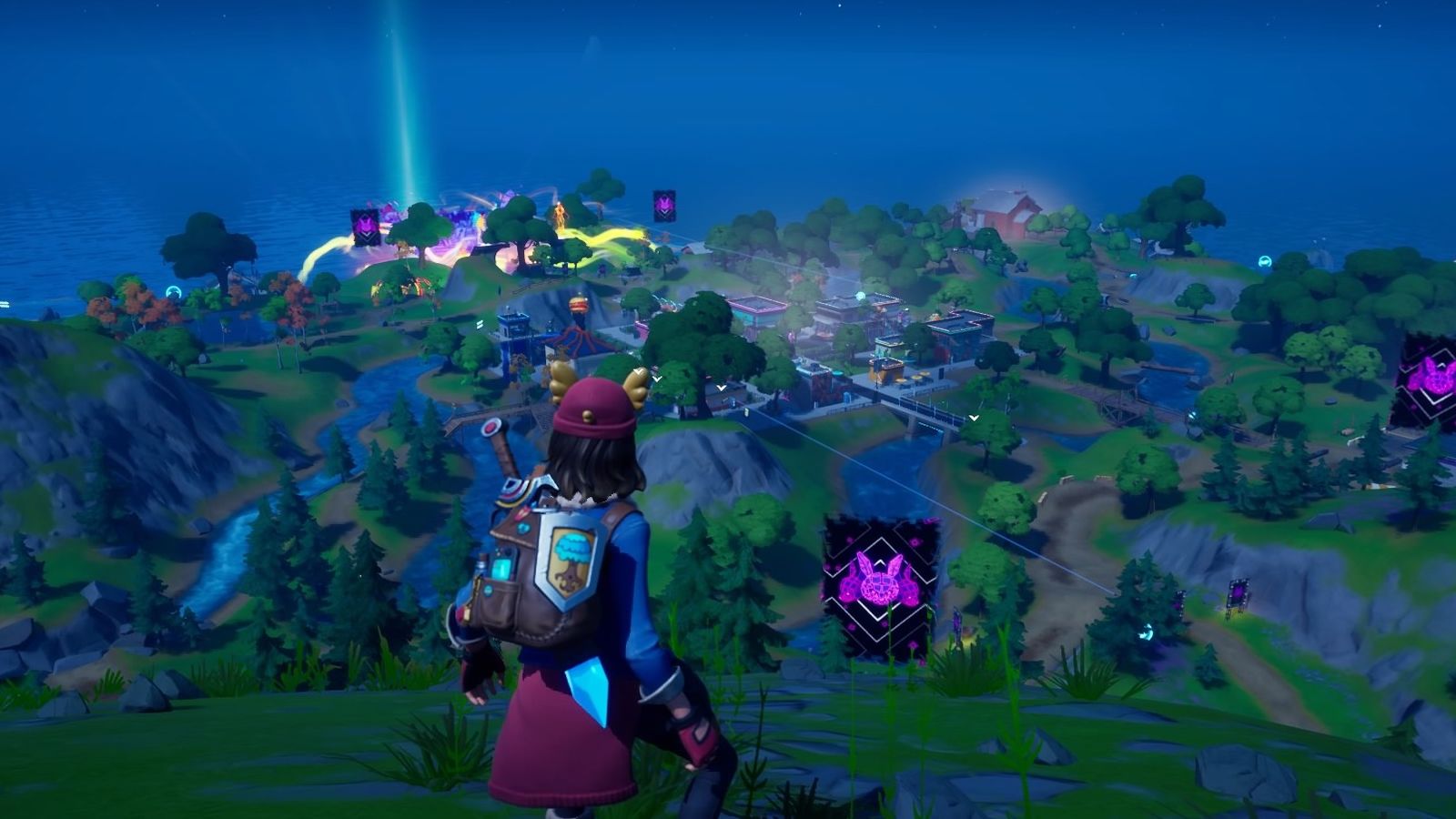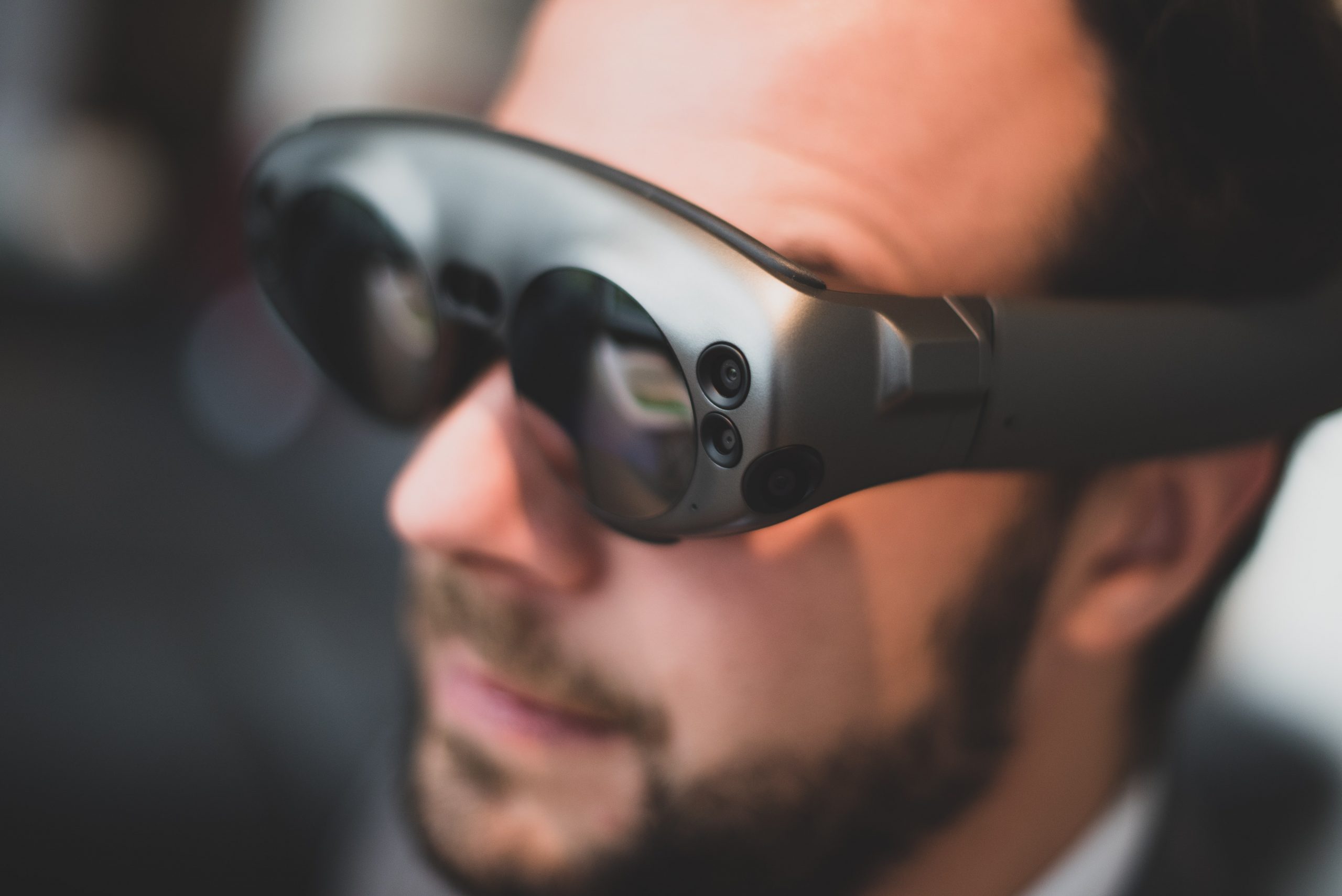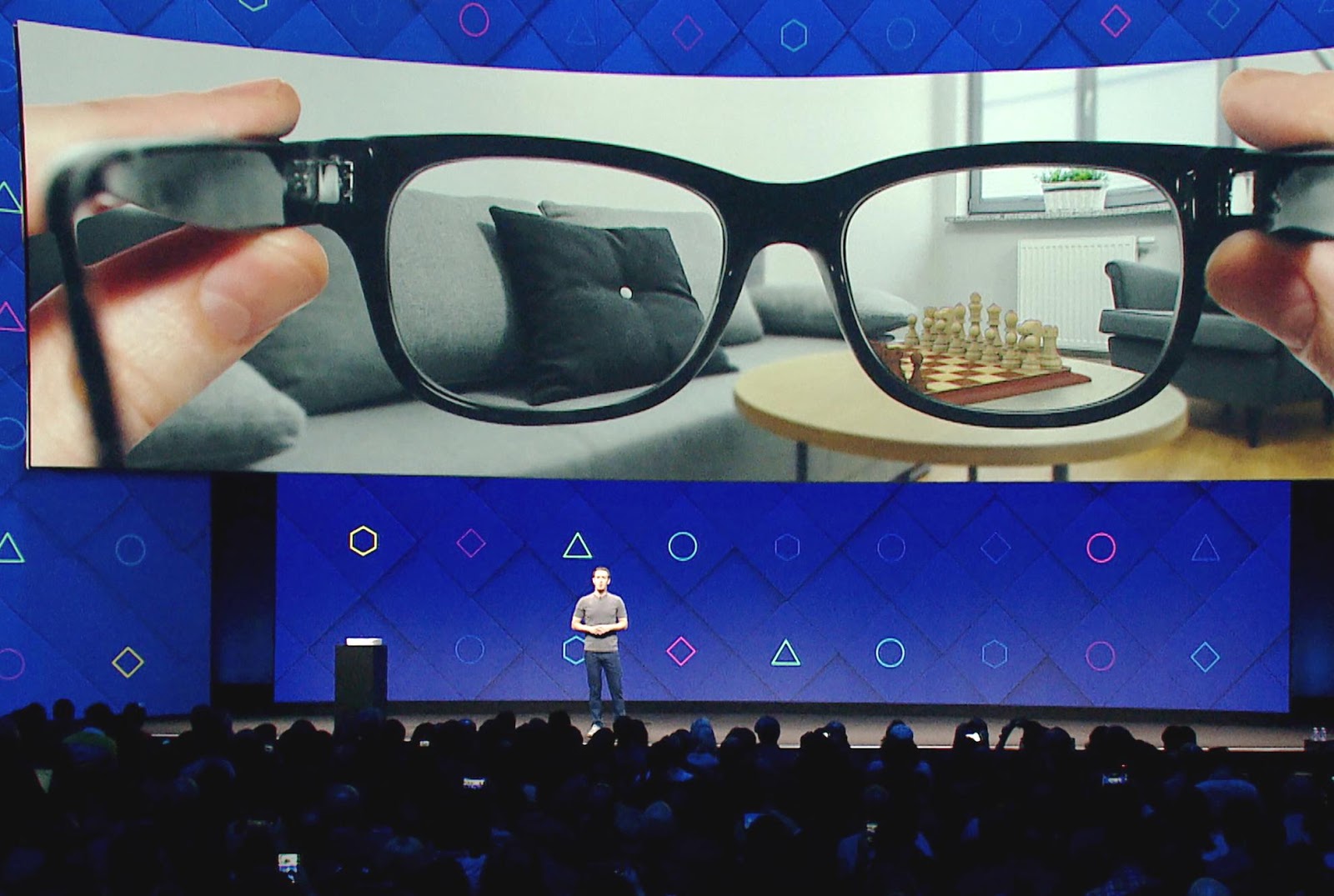Since the term “Metaverse” was first coined in Neal Stephenson’s 1992 science fiction novel, Snow Crash, many have been fixated on it. Now, decades on from the science fiction version, companies are building the Metaverse for real.
This next version of the internet—you may have heard it also called Magicverse (Magic Leap), Cyberverse (Huawei), or Planet-scale AR (Niantic)—is characterized by a persistent shared virtual space providing an experience that spans and operates across platforms and the real world. It also has its own economy and media. While companies scramble to get there first, Epic Games already has the perfect foundation—it’s online video game Fortnite.
While Fortnite hasn’t quite reached Metaverse status, it is showing promise because of its popularity. Each month, the game has tens of millions of monthly players across seven different platforms—it’s the first truly cross-platform game. In terms of total players, the last official figure was revealed in March 2019 at 250 million.
More recently, the Travis Scott concert on April 24 boasted 12.3 million concurrent viewers. This trumps the previous record held by DJ Marshmello, who performed in February 2019 to 10 million.
The show, called Astronomical, garnered more than 27.7 million views across the five events that ran until 27 April. A skyscraper-sized Scott teleported as he performed his most popular songs, as well as debuting a new song “The Scotts” with Kid Cudi. Reviewers have called the virtual concert “stunning” and “spectacular” as they celebrated the event with exclusive themed in-game items and a psychedelic trip through space.
It’s not just real-world stars that Epic has managed to land. Fornite has also attracted massive intellectual properties, from Marvel to Star Wars, that have become permanent fixtures through skins (outfits players can dress their avatars with). These crossovers are a win-win for both parties and the kind of mashups that get fans excited and generate headlines, adding to the popularity of the game.
Although Fortnite is free, it generates a lot of cash—nearly $2 billion in 2019, according to Nielsen’s SuperData tracking arm. The game makes money from seasonal Battle Passes, sales of virtual money called ”V Bucks” and in-game items such as skins.
Considering all this, it’s no surprise that Fortnite has become an entertainment icon. So much so that Netflix considers the game its biggest competition, not HBO or Hulu. It exists as an interactive social network offering much more than a traditional online game.
In fact, Epic Games has, today, introduced Party Royale to Fornite. If you’re tired of fighting, now you can just chill with your mates. This new social space is experimental but proves, once more, than Fornite is evolving and morphing by offering all types of experiences. When Party Royale is opened up to creators, or for everyone to start building it out, it will start to expand.

However, the key distinction from the Metaverse is that Fornite is not a virtual reality world. Yet.
When we have an always-on virtual environment that can seamlessly layer into our real world with millions interacting with it at the same time, that’s when we’ll have a Metaverse.
One company that has been vocal about its vision of a Metaverse is the mixed reality startup Magic Leap. The CEO, Rony Abovitz wrote in a blog post that “the Magicverse is dynamic, alive, and a home for the endless creative expressions of human life. It can also become a fabric that binds a community together through shared public services. Spatial computing creates the power of place, of physicality with digital together.”
After the promise of a consumer-focused product, Magic Leap has announced its intention to focus on the enterprise market. Sadly, as a result, nearly 1,000 employees—almost half of the workforce—have had to be let go. Rony Abovitz said in a press release: “While our leadership team, board, and investors still believe in the long-term potential of our IP, the near-term revenue opportunities are currently concentrated on the enterprise side.”

Abovitz went on to explain the importance of spatial computing: “The post-COVID economy will be one of resiliency and the ability for businesses to operate across vast distances and connect with their customers in ways that mimic physical interactions, but benefit from the speed and scale of high-speed networks, will be critical. Spatial computing will very much be part of that coming economic change. Magic Leap’s pioneering work in the field provides us with a rich platform of technology and know-how to help usher in this era of Spatial Transformation.”
Spatial computing is broadly synonymous with extended reality (XR)—an umbrella term for virtual, augmented, and mixed reality. It is the practice of using physical space as a computer interface. Machines no longer need to be tied to a fixed location.
Up until now, we’ve interacted with computers via type or touch and a screen. The UI for spatial commuting will be completely different. Think eye-controlled interactions, body or hand gestures, and voice controls. Hardware will be invisible. The concept of fixed computers and staring at a flat-screen will be looked back at by our ancestors as absurd.
We already think and speak the language of 3D, we spend our lives moving through 3D spaces and interacting with 3D objects. Now that technology can enable this new era of computing, the transition away from 2D is essential. That’s why all the heavy hitters, from Facebook to Google to Apple, are moving towards spatial computing and XR devices.

Apple is reportedly developing a pair of AR glasses, but industry rumors suggest it won’t arrive until 2022. Facebook has also confirmed it is developing AR glasses and last month announced it had struck a deal with Plessey, the embedded technologies developer at the forefront of microLED technology AR/MR display applications. Plessey will license its AR tech and dedicate its production to Facebook for the next “several” years. This move puts Facebook one step ahead in the AR glasses race.
While the Metaverse is the big creation, the XR devices will connect to it, replacing the computer and the smartphone. We’ll also need high-speed wireless networks—5G and beyond—to facilitate it all. It’s a massive undertaking and it will take years to get there.
However, conversations around spatial computing and the Metaverse are even more relevant now in light of the social distancing measures COVID-19 has enforced. Now more than ever, there is a need to connect in new and meaningful ways. This crisis should make achieving the next-gen internet space even more of a focus.




